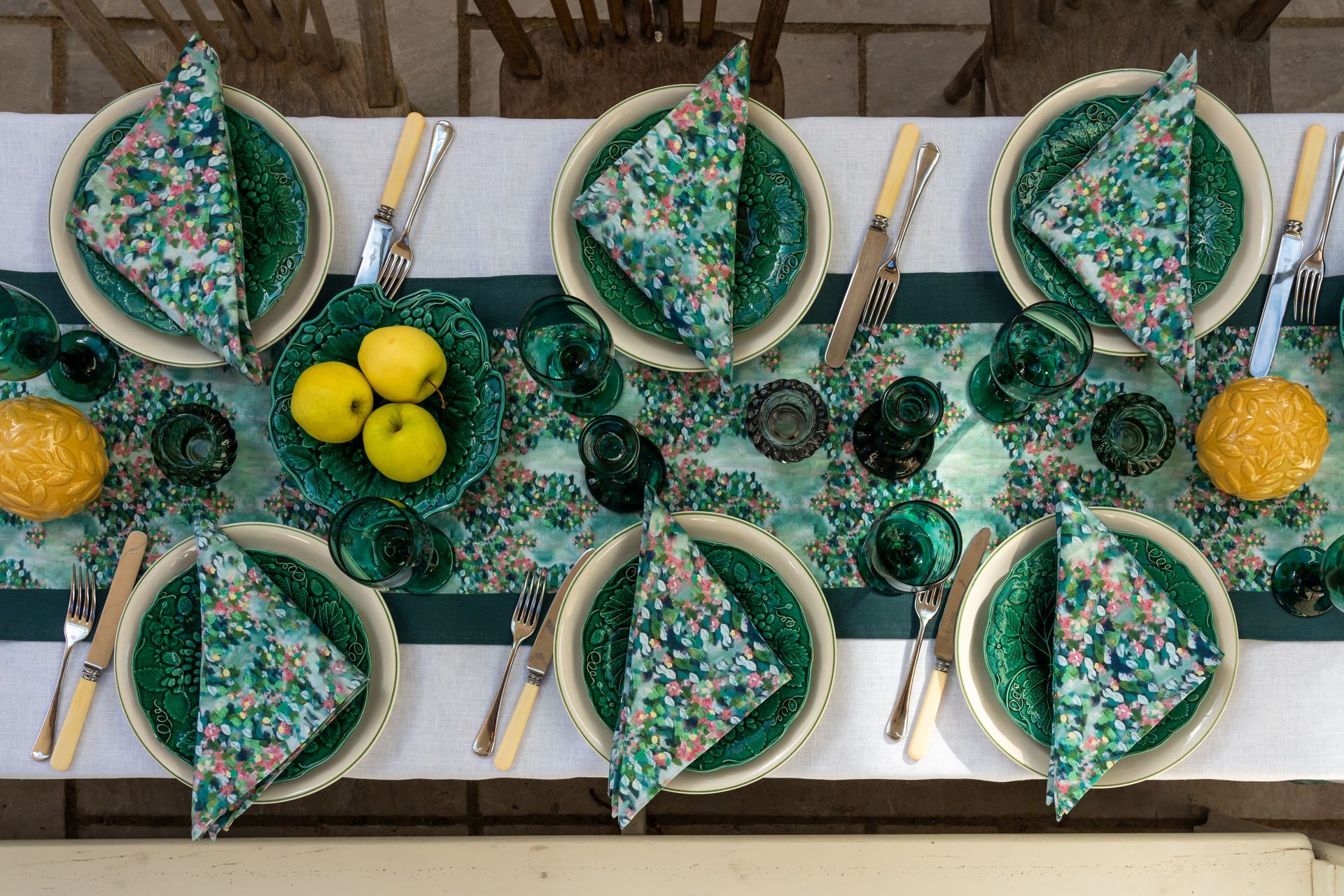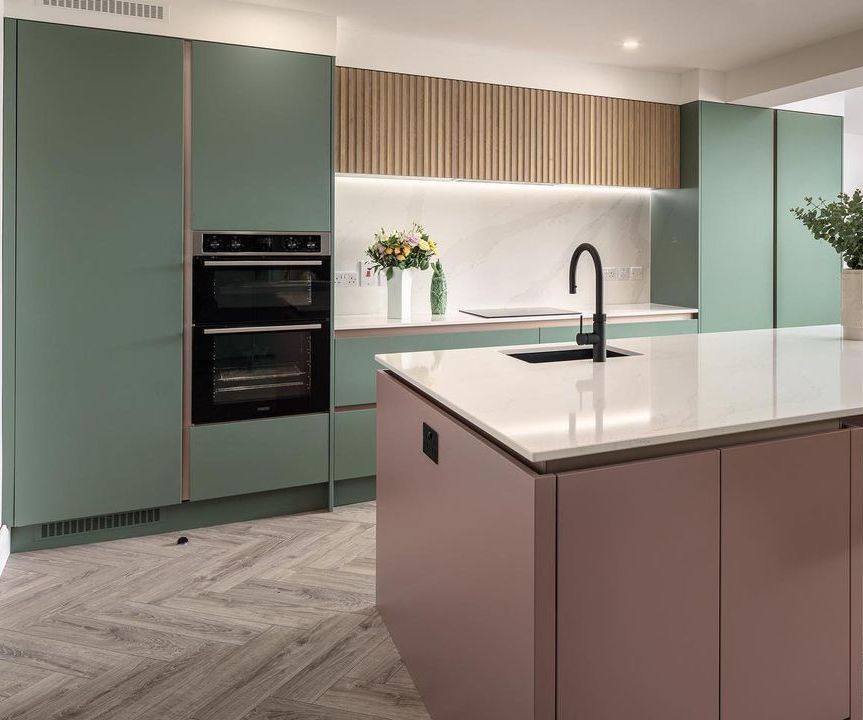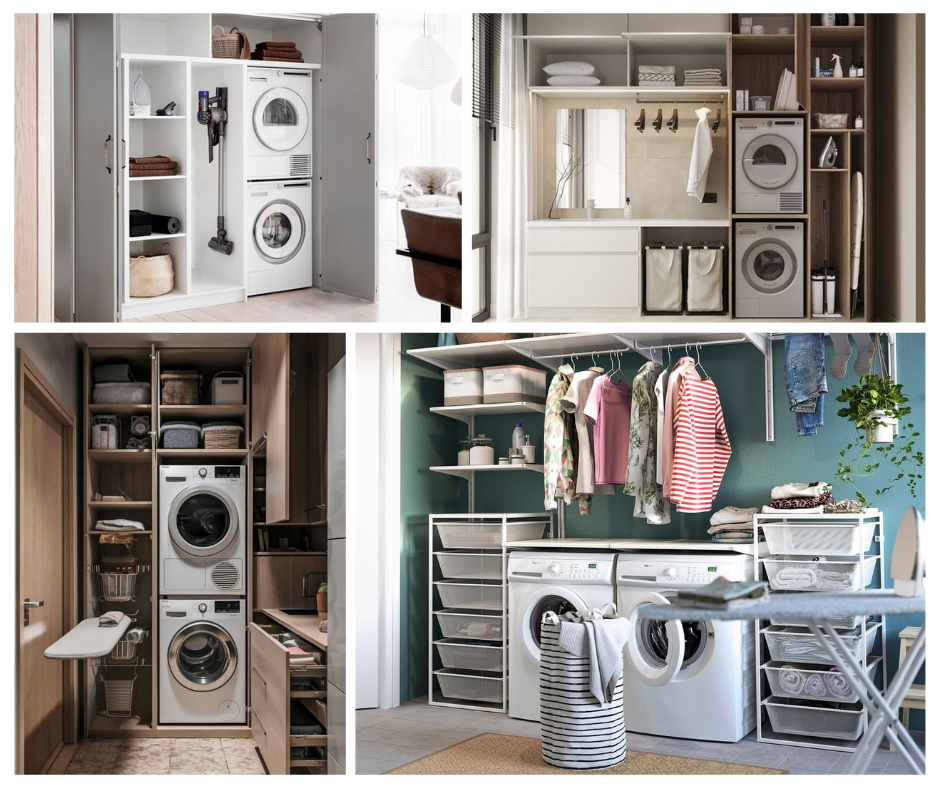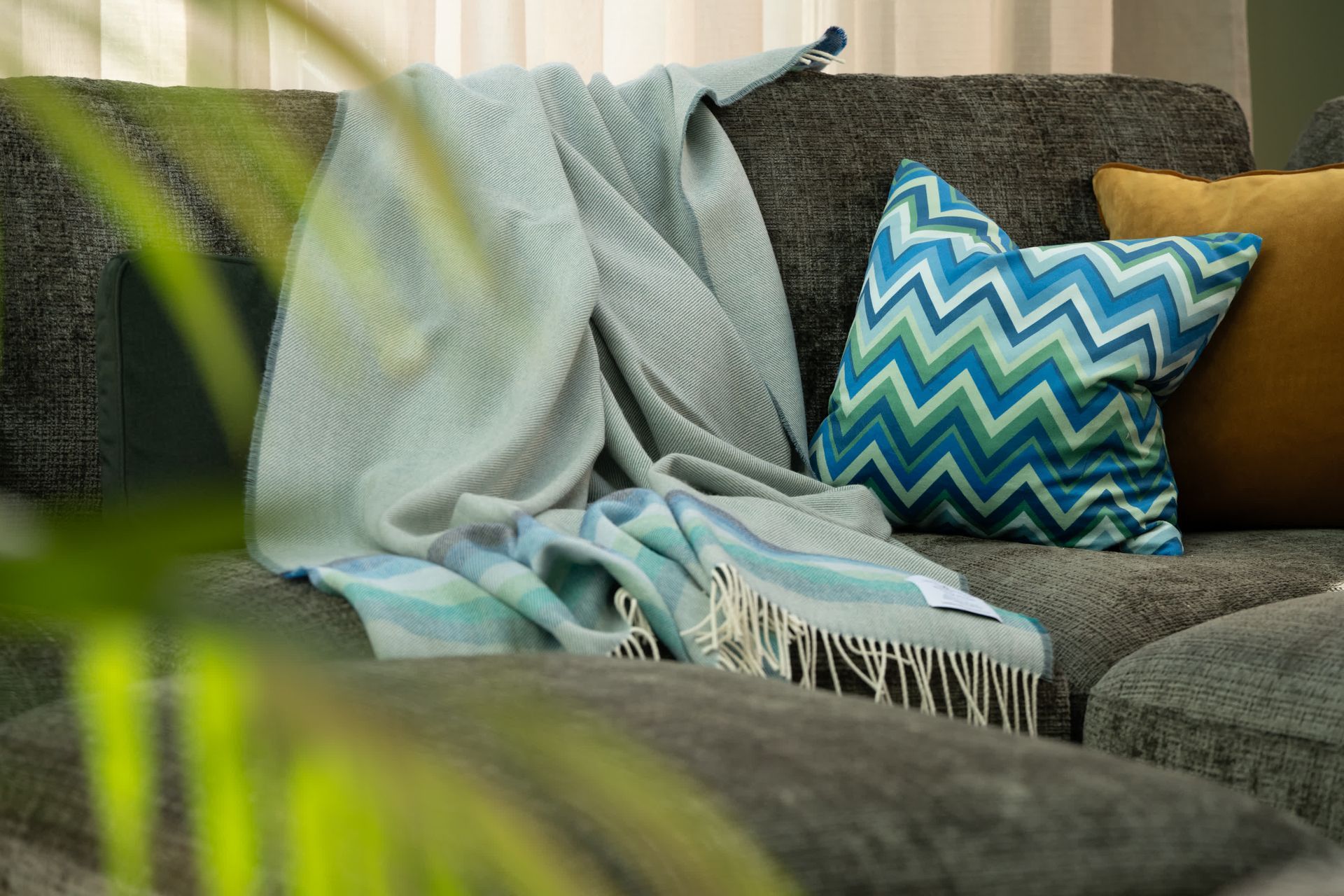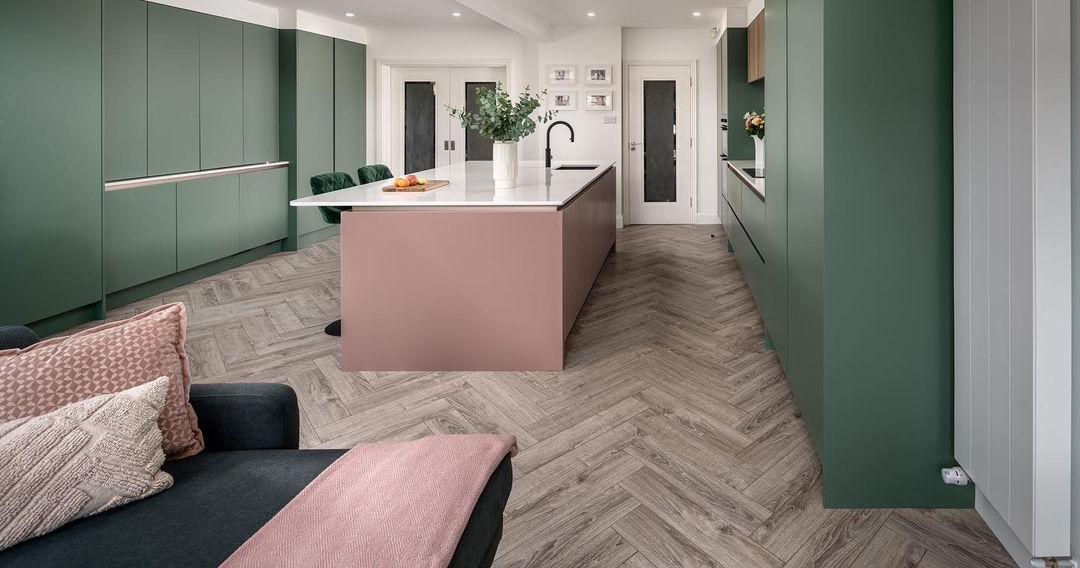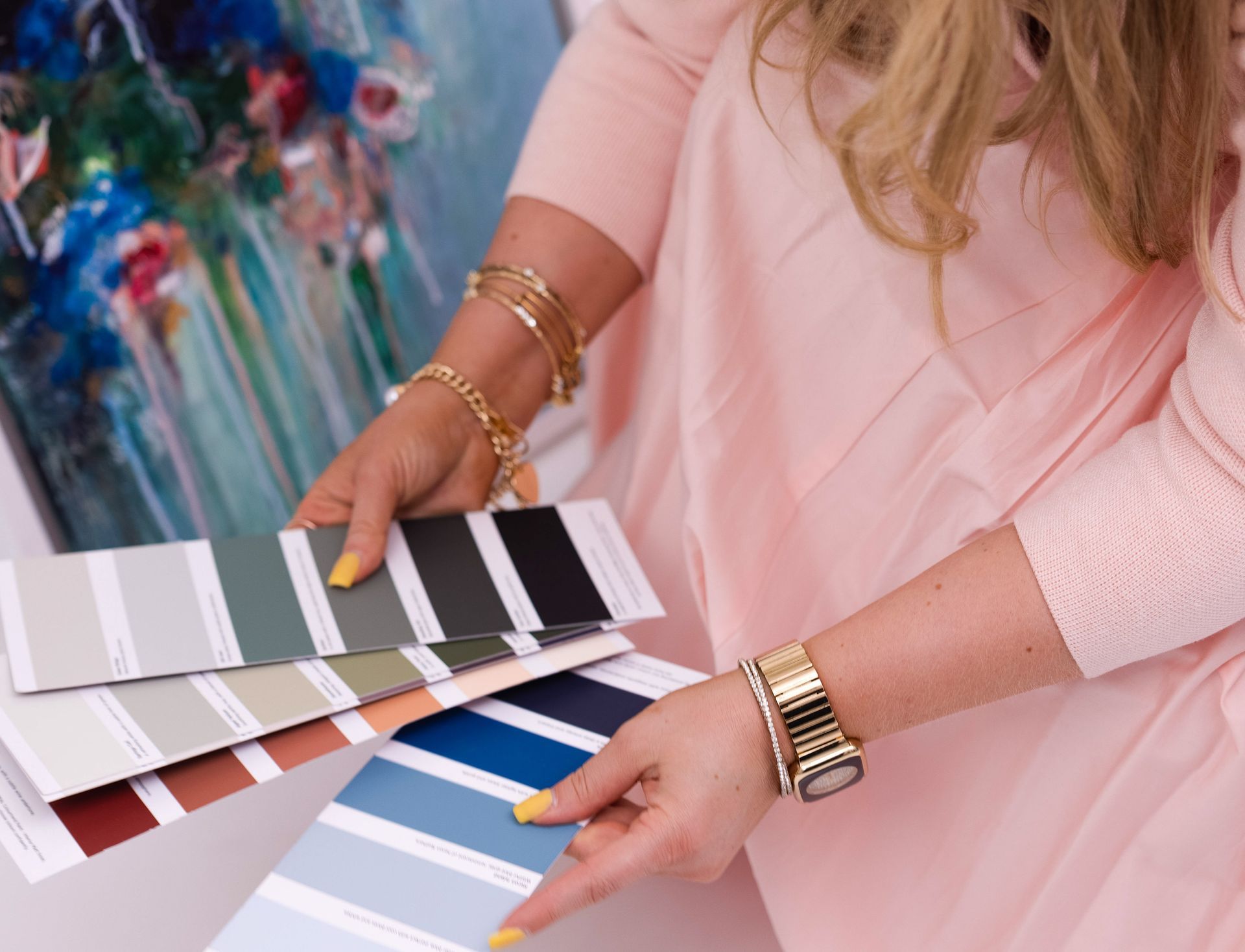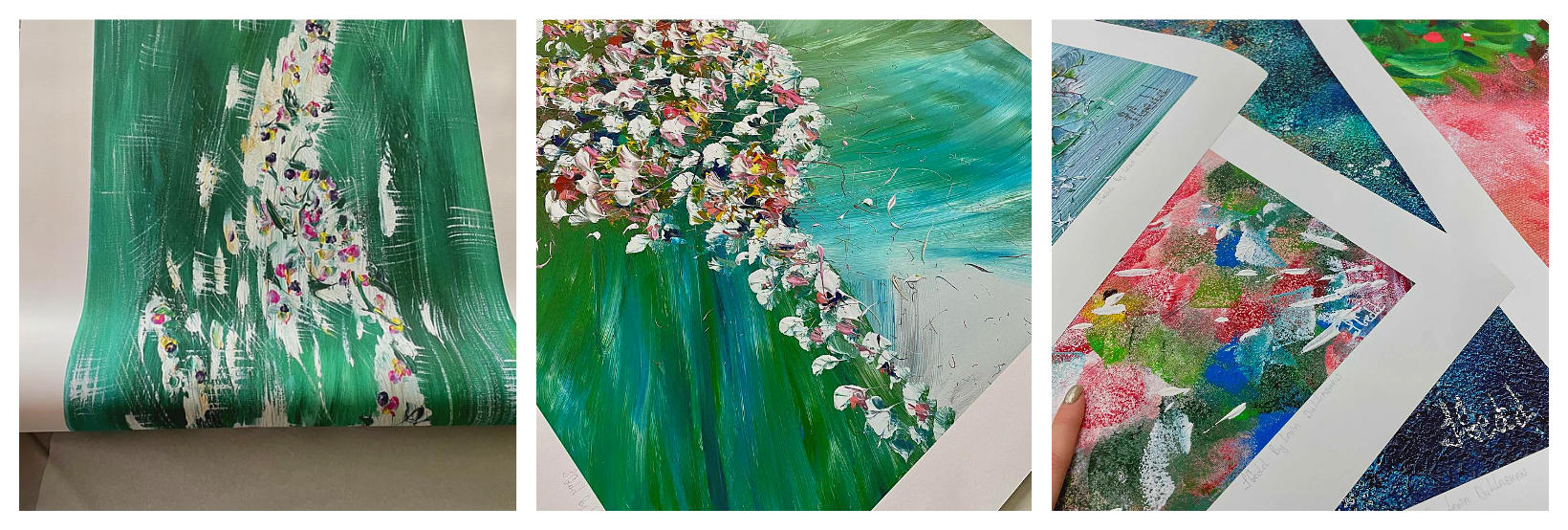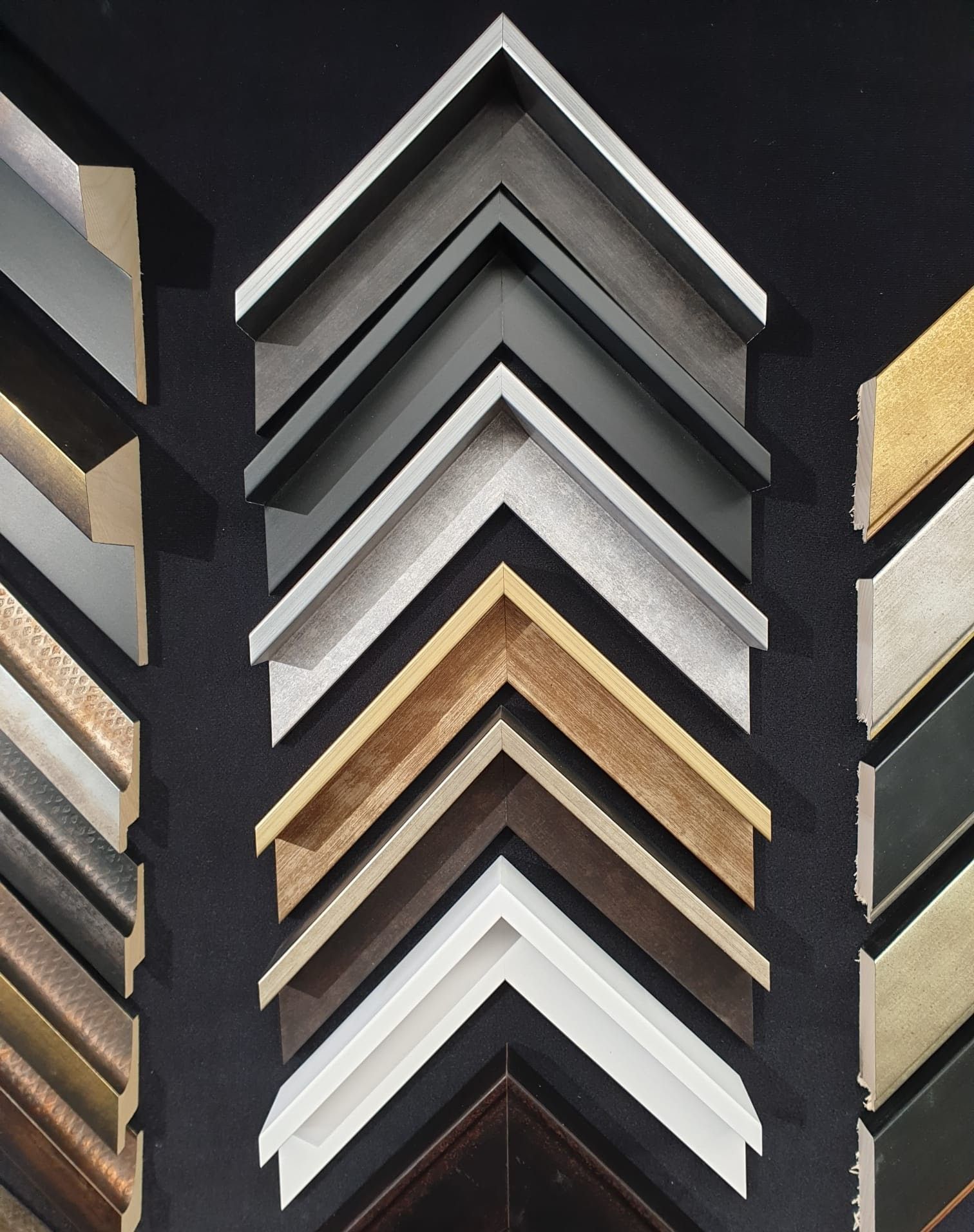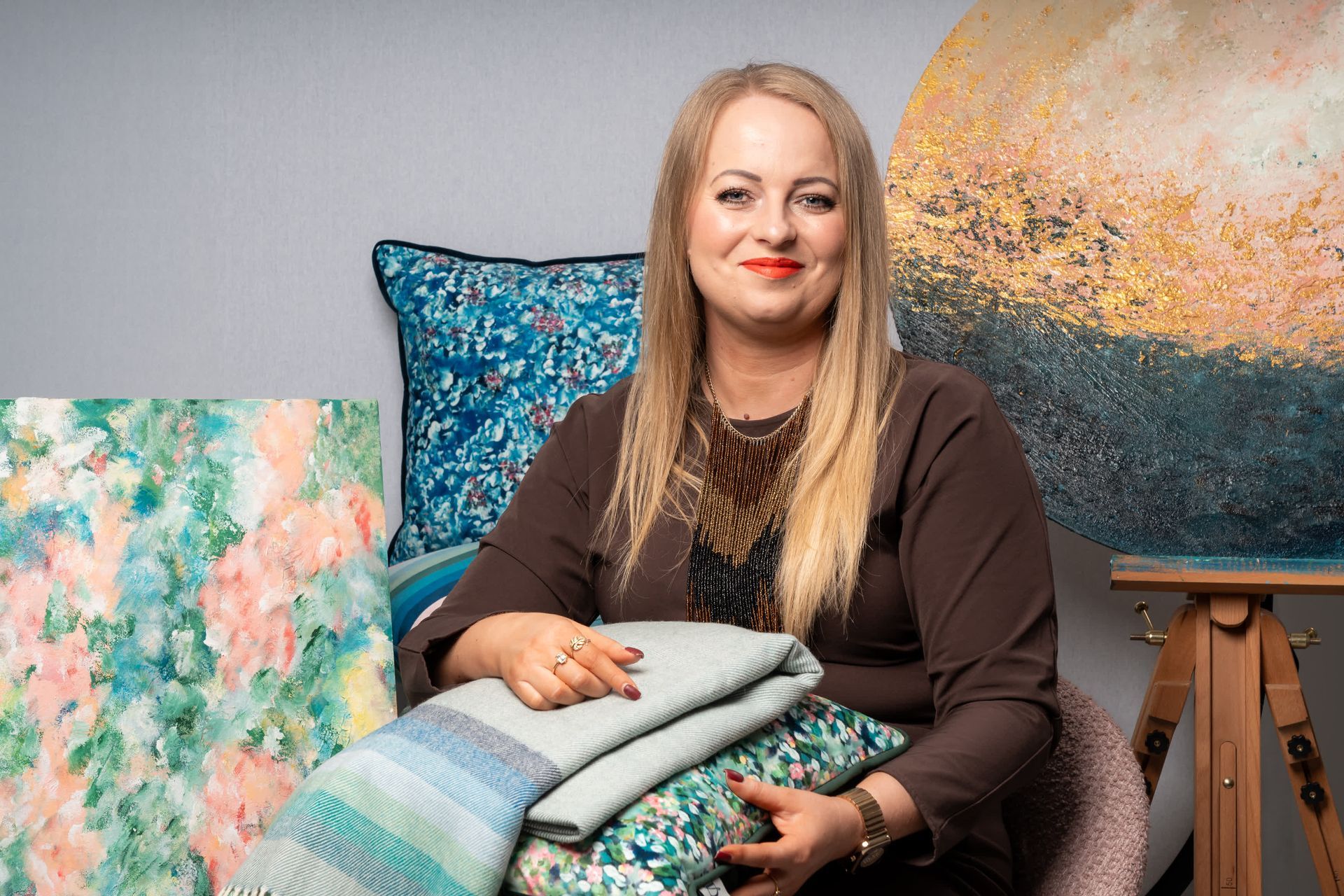
In our modern world, sustainability is not just a trend; it's a fundamental way of life. This mindset has significantly influenced interior design, leading to a demand for eco-friendly products and sustainable living. Embracing sustainable choices benefits the environment and allows us to create elegant, homely, and cosy spaces that reflect our values.
Embracing Multi-Functional Spaces
Creating multi-functional spaces is a practical approach to sustainability. By reimagining rooms to serve multiple purposes, we reduce the need for excess furniture and materials. Consider combining a home office with a guest room or incorporating storage solutions that double as seating. This strategy maximizes space and minimizes resource use, aligning with sustainable living principles.
Furniture Speaking of Sustainability
Choosing furniture made from sustainable materials, such as reclaimed wood, bamboo, or recycled resources, adds timeless elegance and conserves natural resources. Clean, simple lines in furniture design enhance the cosy and inviting atmosphere of a sustainable living space.
Reusing and Repurposing for a Sustainable Home
Small, conscious efforts can make a big difference. Try buying new cushion covers and reusing existing cushion fillers or relocating light fixtures to different rooms when redecorating. Moving ornaments to new places instead of discarding them can refresh a space while promoting sustainability. These small changes can lead to significant results, helping us create homes that are both beautiful and eco-friendly.
Weaving Sustainability into Fabrics and Textiles
Selecting organic and natural materials for upholstery, curtains, and cushions—like organic cotton, linen, hemp, and bamboo—minimizes environmental impact while adding a soft, inviting quality to the room. The growing availability of sustainable and elegant fabric ranges reflects a commitment from companies to promote sustainability, offering more options for conscious consumers.
Furnishings with a Sustainable Touch
Incorporating eco-friendly furnishings, such as recycled glass décor, repurposed wood accents, and sustainable lighting fixtures, adds character and charm to a space while reducing environmental impact. These thoughtful touches create a sense of cosiness and homeliness, making a space feel both luxurious and environmentally conscious.
In conclusion, sustainable interior design is a mindful approach to creating spaces that are elegant, cosy, and kind to the planet. By integrating eco-friendly furniture, fabrics, and furnishings, and making small efforts to reuse and repurpose, we can design homes that reflect our values and contribute to a more sustainable future. Let's embrace sustainable interior design to make our homes beautiful and nurturing for both inhabitants and the planet.
Best Wishes,
Lana Dullaghan

